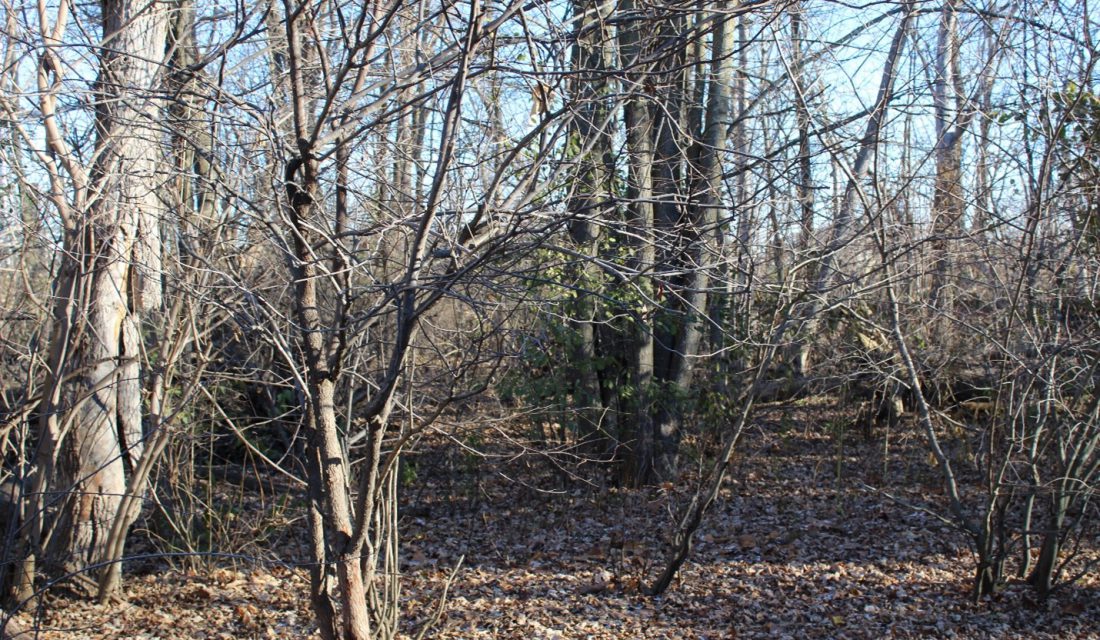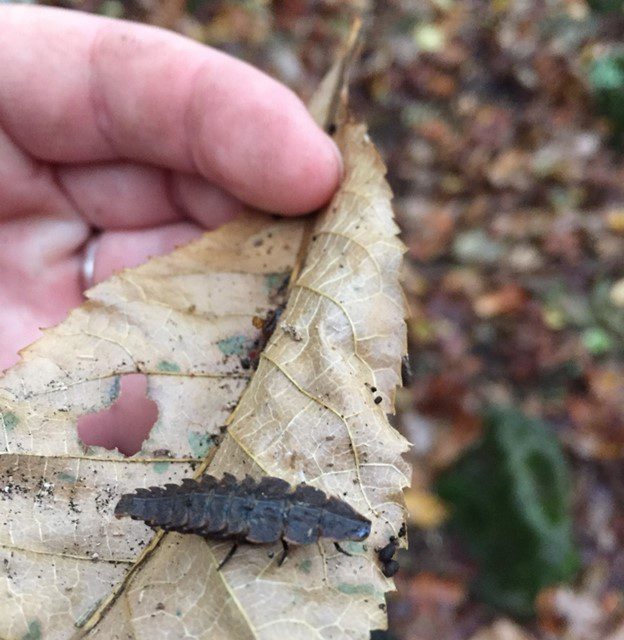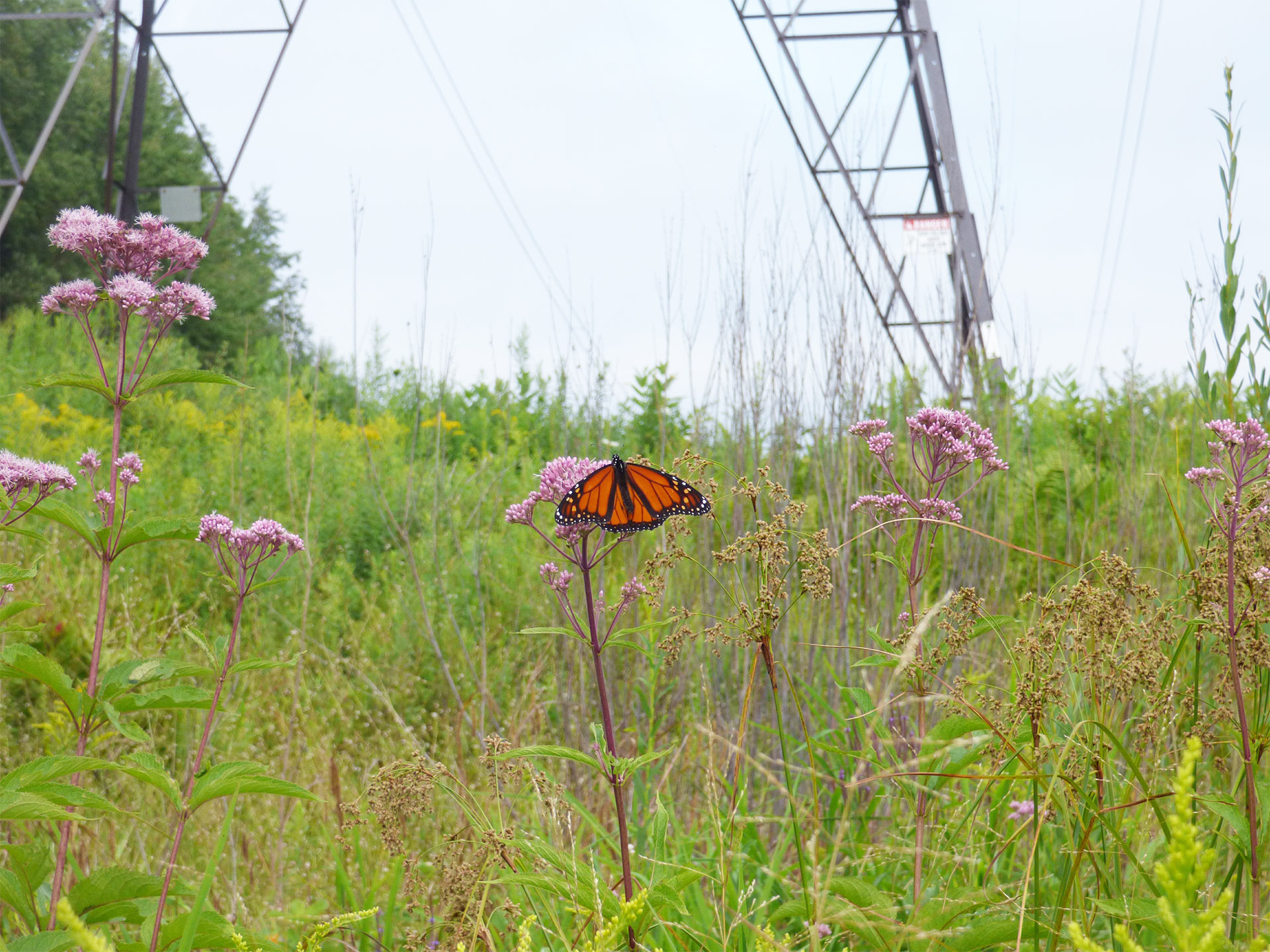It’s late fall in Central Ontario.
Most of the deciduous trees have dropped their leaves. The ground is carpeted with a sea of shapes and colours of decayed leaves. Well-meaning people seem compelled to “clean-up” the leaves on their lawns.
Do they know what creatures they are impacting by taking this action?
These leaves actually provide an insulating layer from snow and cold temperatures.

Do they know how many pollinators complete their life cycles in leaves in the fall? Here is a short list:
- Luna Moth Cocoon
- Mourning Cloak Butterfly
- Firefly larvae
- Polyphemus Moth Cocoon
- Tiger Swallowtail Butterfly
- Bumblebees

Not to mention, lace bugs, snails, worms, and beetles! All these creatures also feed the birds which return in the spring.
These leaves, once decomposed, feed nutrients back to your plants through the soil, a great plus for gardeners. You don’t have to leave the leaves where they fall, they can be raked into garden bases, around your trees or other specified areas. You can even get a great sign from the Xerces society to tell your neighbours why leaves are still on your lawn.
According to a study conducted by the National Wildlife Federation, 82 per cent of respondents were open to leaving the leaves to benefit wildlife.
So hopefully you will consider leaving the leaves for insects this fall! The butterflies, the fireflies and the bumbles will thank you.


